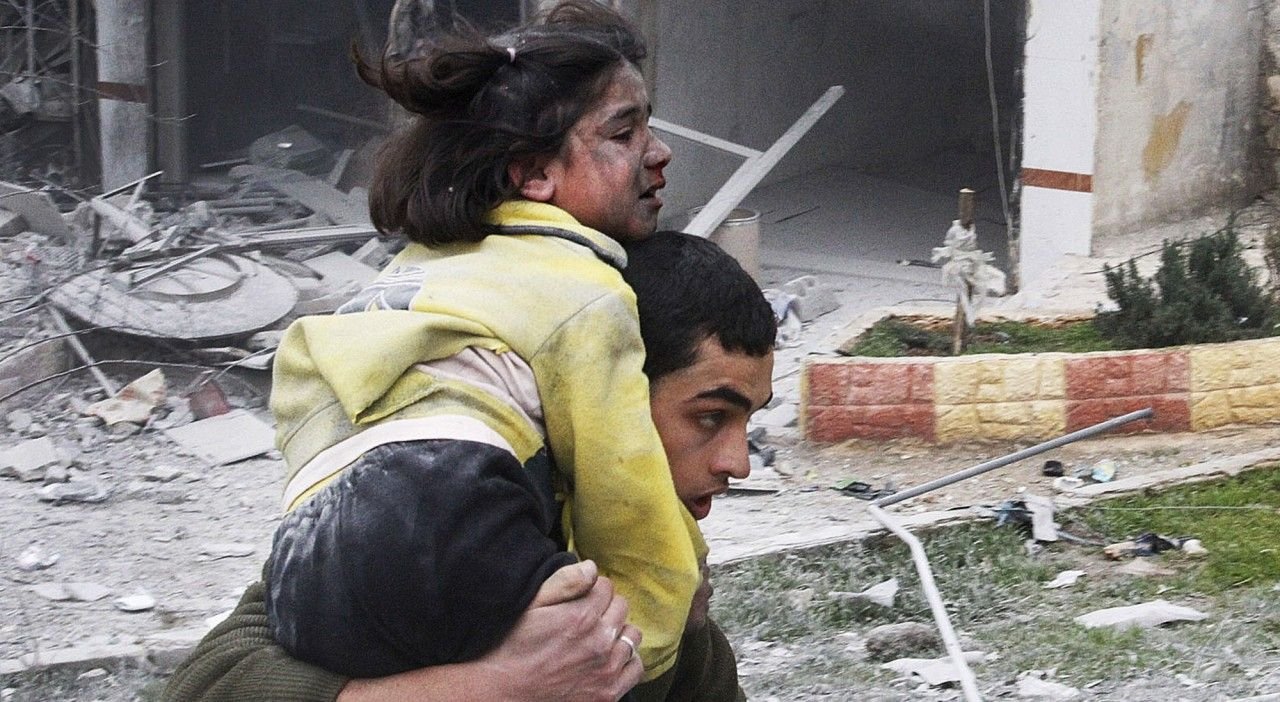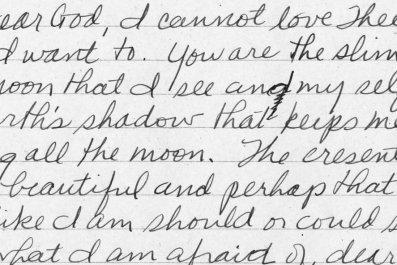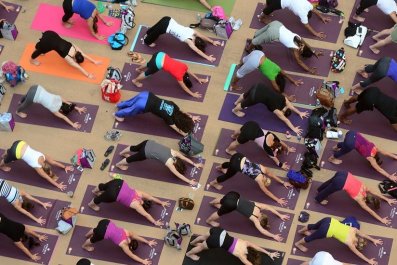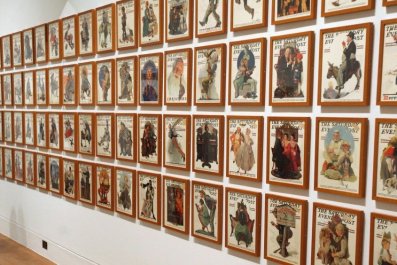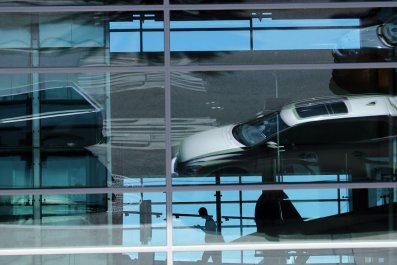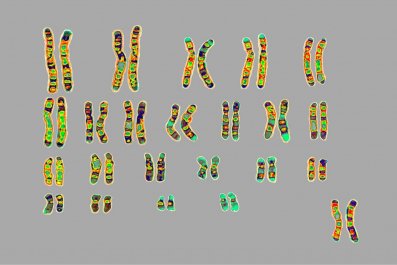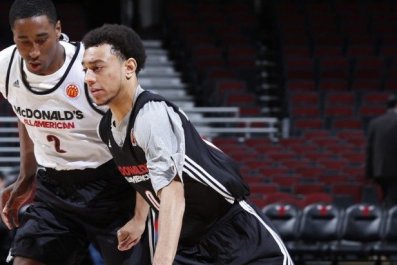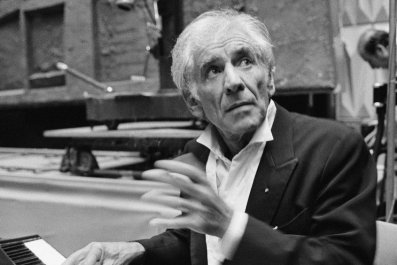He was wandering through the dusty camp somewhere inside Syria like a shadow, his small, disfigured head covered by a blue sweatshirt. When he turned his scarred face towards the sun, it revealed a skull with a hole for a mouth, ears flattened by fire, and skin melted like candle wax.
The small boy's head was covered by third-degree burns. Only his eyes - somber, dark - were left untouched.
He was only 11 but looked younger, a broken boy called Abdullah, who had watched a rocket fall from the sky like a terrible star. Because of the bombardment last year in Hama, because of the war in Syria, Abdullah's world will never be the same.
What is it like to be a child in Syria? What is it like to wake up knowing you are not safe? That you cannot go to school? That your fathers, brothers, uncles, and cousins may be killed in battle, or executed simply because they are in the wrong place at the wrong time?
If you are a Syrian child, you are not exempt from being targeted. You can be marked for death as you walk to school - if there is a school. You can be sniped at, the target of rockets while waiting in a breadline, or bombed while hiding in your house.
Your mother and sisters can be raped or taken, and no one can protect them. You lose your friends and your right to go to school. You become stateless.
You walk the streets of your village, knowing that the majority of children killed in this war were killed by bombs in their own neighborhood. Or you can be forced into armed conflict or tortured. Even babies have been documented as tortured in this war.
Or like Abdullah, a second of hiding in the wrong place means you are maimed for life.

The Syrian war is entering its 33rd month. Every day is more desperate, bloodier, and the world gets more tired of hearing about it. But it does not stop the killing.
According to the Oxford Research Group, a London think tank, out of 110,000 killed by the end of this past August, 11,420 were children 17 years old and younger.
The primary cause of death reported for 71 percent of those children was explosives. Air bombardment killed more than 2,000. Small arms fire killed another 2,000.
The terror of being a child in Aleppo, in Homs, in Hama, in Idlib, in Deraa - where the uprising started when children who scrawled anti-Assad graffiti, "As-Shaab / Yoreed / Eskaat el nizam!": "The people / want / to topple the regime!" were beaten and tortured - means you get accustomed to the sound of shelling or, worse, aerial bombardment.
"Once the war started," Abdullah said, "there was nowhere to hide."
Earlier this week, U.N. chief Ban Ki-Moon described the upcoming Geneva II conference scheduled for January 22 as "a vehicle for a peaceful transition that fulfills the legitimate aspirations of all the Syrian people." But hope for many of these people is a remote emotion, already lost during the early days of the conflict.
War turns people into numbers and dehumanizes them. It steals their memories, their communities, and their chance of a better life. The French psychiatrist Boris Cyrulnik, who writes on resilience and its effect on victims (he himself was a child soldier during World War II), strongly believes individuals can recover from such traumas. He also said, "War scars like no other thing. Especially children."
For Abdullah and the hundreds of thousands of other Syrian children at risk, a political solution to end the war is probably the last chance to regain their lives. But even then, the conflict will leave lasting damage.
For three years, many children have been out of school. According to the United Nations High Commissioner for Refugees (UNHCR), those who have become refugees feel intensely isolated. Not just from their old lives - leaving behind their pets, their family, their toys - but from the host community where they are living.
"What happens to a generation of bored, uneducated kids?" asked Sybella Wilkes from UNHCR. "It is a dangerous test, if we let the situation continue as it stands, with children out of school, lonely, working punishing hours, and disenchanted with their lot in life."

This week, UNHCR published a report on what can be expected if the war continues: "The Future of Syria: Refugee Children in Crisis." The most heartbreaking detail is that there is a generation of children who are increasingly removed from the patterns of normal life and behavior.
"There is a lost generation issue here," said Kilian Kleishmidt, a UNHCR worker based in Zaatari, which with a population of 113,607 is the largest refugee camp in Jordan - 55 percent of whom are under 18 years of age.
"You can really see the war through the kids and their behavior. They are completely out of control. Lost in space. There is very little in the community remaining that puts limits on them."
Kleishmidt said they are exposed to things children should not be forced to see. They have lost family, have witnessed horrific violence, and are often left to fend for themselves. Some are forced to work, others resort to criminal violence out of desperation. With fewer men in the camp - many of them are fighting in Syria - he sees young boys forced into the role of adult.
"They don't behave like kids. They think they are men," he said. "This is just the kids inside the camp. This is the tip of the iceberg. There are hundreds of thousands of kids outside of camps."
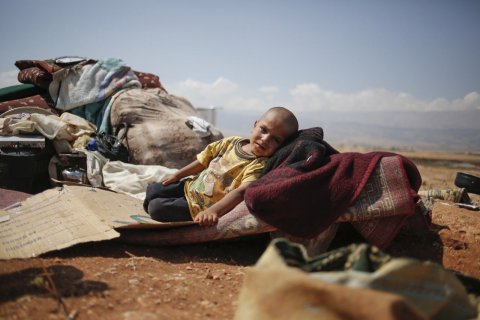
For the children of an estimated 2 million refugees that have fled Syria (a total of 9 million are displaced), there is a kind of walking death. They have no school, because in Lebanon and Jordan schools are already full. Syrian children study in Arabic; in Lebanon they learn English and French. Even if there was room, they would have difficulty getting transportation from their camps.
They have been isolated from friends and family back home. Conversations with them trigger a sense of aching loss. Their drawings are of bombs and devastation. The most basic need of a child - to feel safe - has been removed. "They have lost their innocence," said Kleishmidt.
Abdullah lives in a camp somewhere inside Syria, a place of thousands of dusty tents surrounded by broken barbed wire. There is a school of sorts, but the life he knew is gone forever. He wanders through days in a kind of dull monotone, looking for people he knew in Hama, searching for friends.
He said, "I miss school." But it is painful for him to talk, so he asked his father to tell the story of the "terrible day."
As his father spoke, Abdullah's mother sat with a fat baby girl who was wearing a diaper and T-shirt. She tried to sing to her, but as the story of Abdullah got more detailed, she began to cry.
Abdullah and his family come from the rural countryside near Hama, the fourth largest city in Syria, which was known as a center of anti-Ba'ath Party activities. In 1982, in an attempt to crush the Muslim Brotherhood, more than 56,000 were killed in what became known as the Hama massacres. It is difficult to find someone in Hama today who has not in some way been tainted by that tragedy.
But for nine years of his life - until the war started - Abdullah lived like any other kid. Then he grew up fast. His father, a laborer, made the decision not to leave Hama immediately and to remain with his five children. "Because no one believed it could go on this long," his father said.
It was a Tuesday afternoon, around dinner time, "when the worse thing happened." It was October, harvest season. "I was playing on my computer before the bombing started," Abdullah recalled. "It was still warm outside."
Then Abdullah remembered a sound that was louder than thunder. "It was horrible." In a moment of misguided terror, he ran outside.
It was a terrible call. The little boy was outside when the bomb landed near the house, and he took the full impact.
He said the bomb was a "bottle bomb" and looked like fire coming out of the airplane. He remembers no more after that. His 13-year-old brother also was injured; he had his spleen removed, but did not sustain burns.
"There could be any number of culprits. A lot of different air-dropped bombs were being used in civilian areas at the time, and they're all capable of causing such a horrific injury to a small child," said Robert Perkins, an explosives expert at Action on Armed Violence, a nongovernmental organization in London. "Most of them resemble bottles or barrels. It's impossible to know for sure."
However, Perkins added, one explosive weapon in use in Hama at the time is a fuel-air bomb dubbed the ODAB-500. They are often called vacuum bombs because they create a massive fireball that sucks all the oxygen out of an area.
"In an open space they can kill anyone within a [30-yard] radius," said Perkins. "They're devastating weapons, and there's no justification for using them in populated areas."
Abdullah had some medical care, but not enough.
"The doctors say he will need dozens of operations," said his father. "Is that a life for a child?" There was silence in the tent because there was no comfort to give.
When I left, the mother, who had a 10th grade education, silently handed me the baby girl. She asked if I could take her home with me. "Can you keep her safe?"
Janine di Giovanni is Newsweek's Middle East editor and a Syria consultant to UNHCR.



